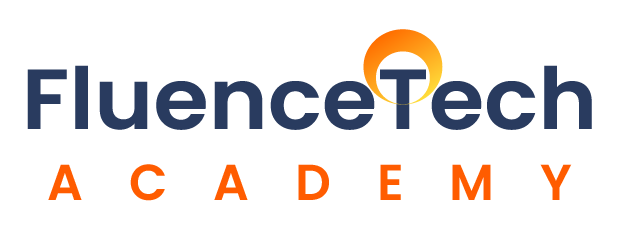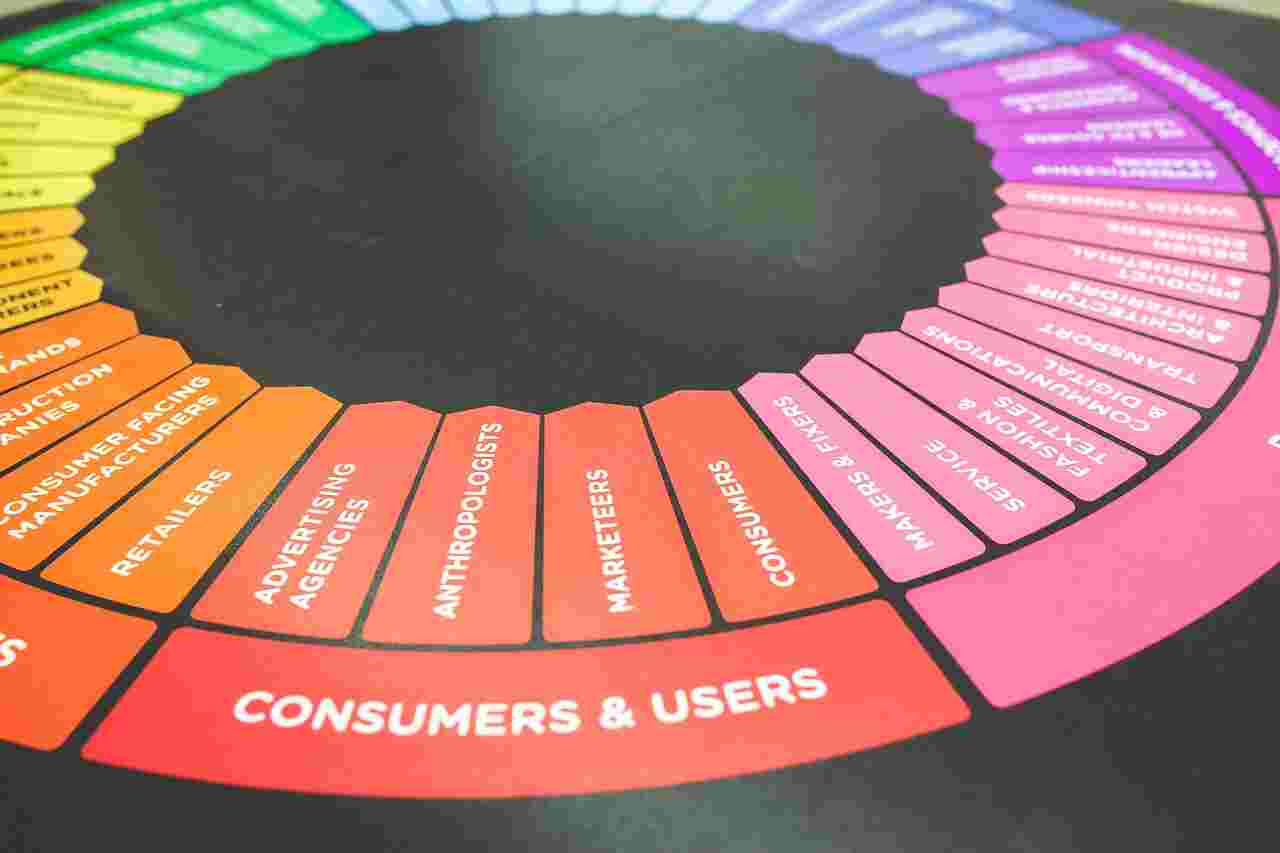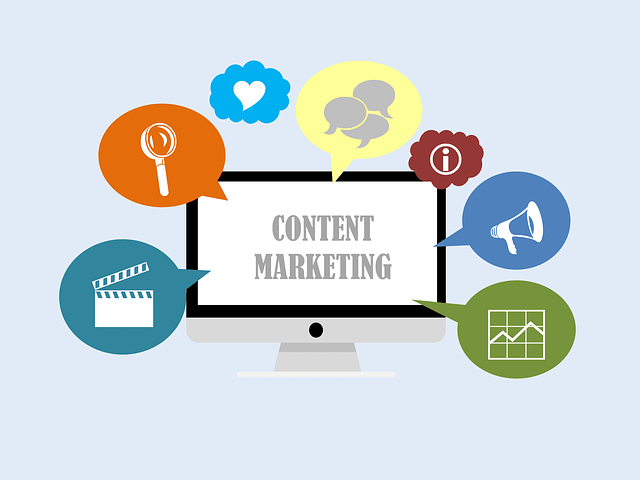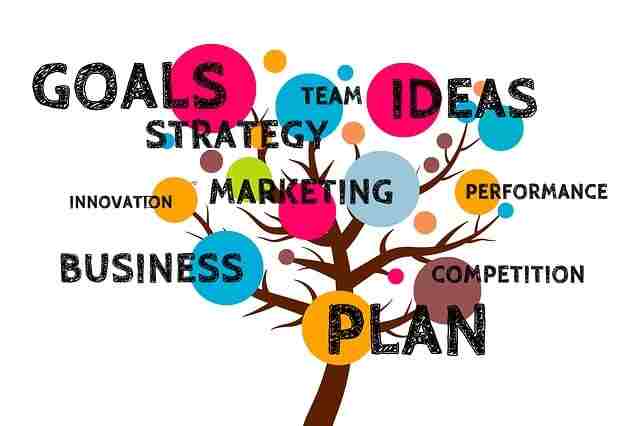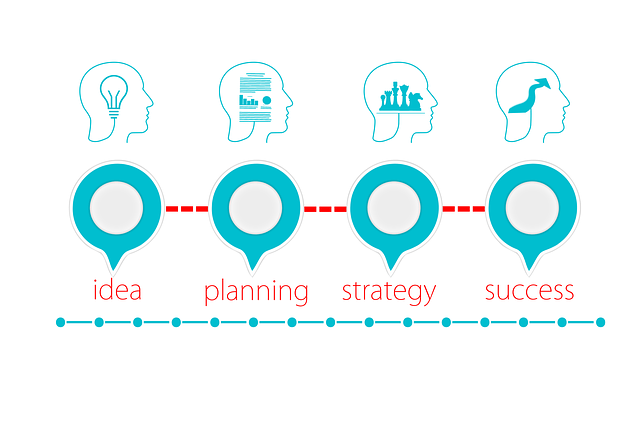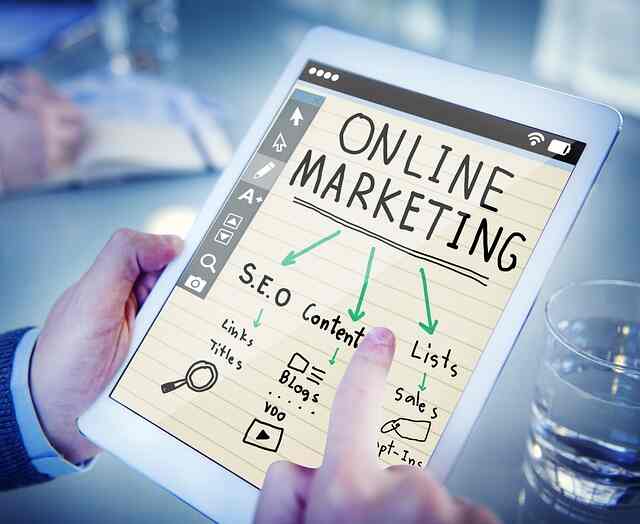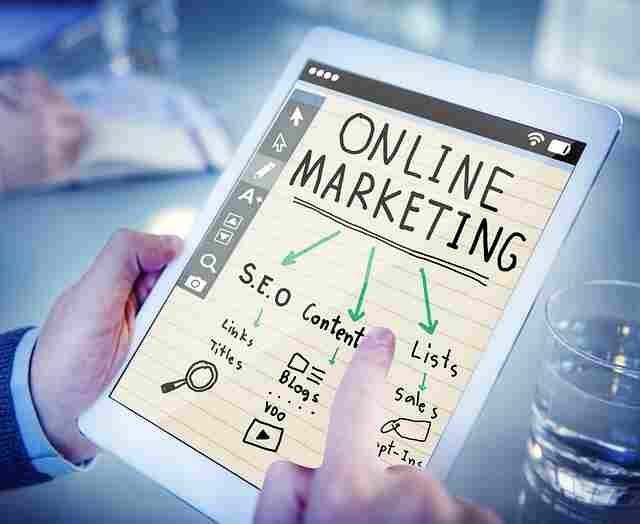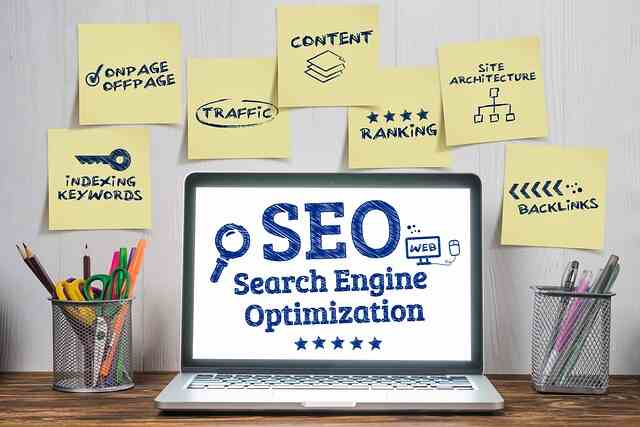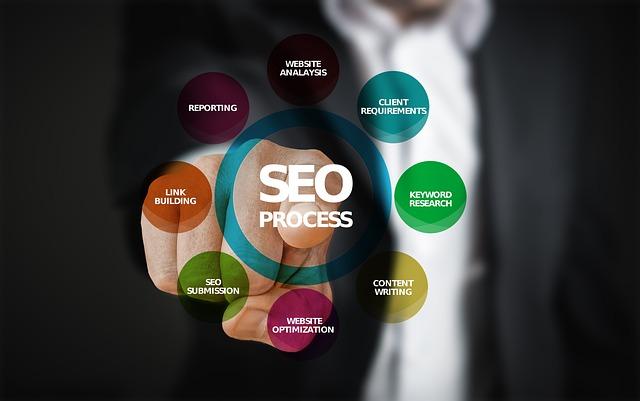The fashion world is constantly evolving, and in today’s digital age, it’s crucial for fashion businesses to keep up with the latest marketing trends. With consumers spending more time online than ever, digital marketing in the fashion industry has become vital to any successful fashion brand.
In this blog post, we’ll explore the relevance of digital marketing in the fashion industry in 2023 and how fashion businesses can use it to their advantage.
From social media to influencer marketing, we’ll cover the latest strategies and tactics that are driving success for fashion brands in the digital world.
So, buckle up and get ready to discover the power of digital marketing in fashion!
A brief history of Digital Marketing in the Fashion Industry

Digital marketing in the fashion industry has come a long way since its inception. The fashion industry was one of the first to embrace digital marketing, realizing the potential of reaching a wider audience through the Internet. In the early days of digital marketing, fashion brands used basic website advertising and email marketing to reach their customers. However, with the rise of social media in the late 2000s, digital marketing in the fashion industry took a new turn.
Fashion brands started using social media platforms like Facebook, Twitter, and Instagram to connect with their customers and promote their products. Influencer marketing also became popular, with fashion brands partnering with social media influencers to promote their products to their followers. This trend has continued to grow in popularity, with fashion brands now using platforms like TikTok and Snapchat to reach younger audiences.
With the increase in online shopping, e-commerce has become a significant focus of digital marketing in the fashion industry. Fashion brands are now using targeted ads and personalized emails to reach customers with relevant product recommendations. They also use data analytics to understand their customer’s preferences and buying habits, allowing them to tailor their marketing strategies to individual customers.
Digital marketing in the fashion industry has evolved significantly over the years. From basic website advertising to social media and e-commerce, fashion brands are continuously adapting their marketing strategies to meet the changing needs of their customers. With the continued growth of digital technology, it’s clear that digital marketing will remain a crucial aspect of the fashion industry for years to come.
Role of digital marketing in the fashion industry
Digital marketing has become an essential tool for fashion brands looking to connect with their target audience and grow their business. In today’s digital age, consumers are spending more time online than ever before, making digital marketing in the fashion industry more important than ever.
One of the most significant roles of digital marketing in the fashion industry is to create brand awareness. By using various digital marketing channels such as social media, search engines, and email marketing, fashion brands can reach a wider audience and establish a strong online presence. This can lead to increased brand recognition and a higher likelihood of customers engaging with the brand.
Digital marketing in the fashion industry also allows brands to create a personalized shopping experience for their customers. By using data analytics, brands can understand their customers’ preferences and purchasing behaviors, allowing them to tailor their marketing efforts to individual customers. This can lead to increased customer loyalty and repeat business.
Another essential role of digital marketing in the fashion industry is to drive sales. E-commerce has become a crucial focus for fashion brands, with more consumers choosing to shop online. Digital marketing channels like search engine optimization (SEO), pay-per-click (PPC) advertising, and social media advertising can drive traffic to e-commerce websites and increase conversions.
Influencer marketing has also become an increasingly popular form of digital marketing in the fashion industry. By partnering with social media influencers, fashion brands can tap into their followers’ influence and reach new audiences. Influencer marketing can help build trust and credibility for a brand and increase sales.
Thus, digital marketing in the fashion industry plays a vital role in building brand awareness, creating a personalized shopping experience, driving sales, and building trust and credibility. With the continued growth of digital technology, fashion brands must continue to adapt their marketing strategies to remain competitive in the ever-changing fashion industry.
Trends of Digital Marketing in the Fashion Industry

The fashion industry has seen significant changes in recent years due to the growth of digital marketing. As technology continues to evolve, digital marketing trends in the fashion industry continue to emerge. Let’s explore some of the latest trends in digital marketing in the fashion industry.
Personalization
Personalization has become an increasingly important trend in digital marketing in the fashion industry. Brands are using data analytics to understand their customer’s preferences and behaviors, allowing them to tailor their marketing efforts to individual customers. This can lead to increased customer loyalty and higher conversion rates.
Social media –
Social media continues to be a powerful tool for digital marketing in the fashion industry. Platforms like Instagram, TikTok, and Snapchat are popular among fashion brands, with many using them to showcase their products and connect with their audience. Influencer marketing has also become a popular trend on social media, with brands partnering with influencers to reach new audiences.
Video Marketing
Video marketing has become an increasingly popular trend in digital marketing in the fashion industry. Brands are using video content to showcase their products and create engaging stories for their audience. Live streaming has also become popular, with brands using it to showcase product launches and events.
Sustainability
Sustainability has become a hot topic in the fashion industry, and many brands are incorporating sustainable practices into their marketing efforts. Digital marketing campaigns are being used to promote sustainable fashion practices and educate consumers on the importance of sustainability.
Augmented reality (AR) and virtual reality (VR)
AR and VR have become increasingly popular trends in digital marketing in the fashion industry. Brands are using AR and VR technology to create immersive shopping experiences for their customers, allowing them to try on clothes virtually and visualize products in their own environment.
However, digital marketing trends in the fashion industry continue to evolve, and it’s important for brands to stay up-to-date with the latest trends to remain competitive. Personalization, social media, video marketing, sustainability, and AR/VR are some of the latest trends in digital marketing in the fashion industry, and brands that incorporate these trends into their marketing strategies can stay ahead of the curve.
Digital Marketing Strategies for the Fashion Industry
As digital marketing has become an essential aspect of the fashion industry, brands must adopt effective digital marketing strategies to remain competitive. Let’s explore some of the best digital marketing strategies for the fashion industry.
Social media marketing
Social media platforms like Instagram and TikTok have become increasingly popular in the fashion industry. Brands can use these platforms to showcase their products and connect with their audience. By creating engaging content and leveraging influencer marketing, fashion brands can build a strong social media presence and drive sales.
Content marketing
Content marketing is another effective digital marketing strategy for the fashion industry. Brands can create blog posts, videos, and other forms of content to educate and engage their audience. By providing valuable information and building trust with their audience, fashion brands can increase brand loyalty and drive sales.
Search engine optimization (SEO)
SEO is a crucial digital marketing strategy for fashion brands looking to increase their online visibility. By optimizing their website for relevant keywords, fashion brands can improve their search engine rankings and drive more traffic to their website.
Email marketing
Email marketing can be an effective way for fashion brands to communicate with their customers and promote their products. By creating targeted email campaigns, fashion brands can increase repeat business and drive sales.
Influencer marketing
Influencer marketing has become a popular digital marketing strategy in the fashion industry. Brands can partner with influencers to promote their products and reach new audiences. By selecting the right influencers and creating engaging content, fashion brands can increase their brand awareness and drive sales.
E-commerce optimization
E-commerce optimization is crucial for fashion brands looking to increase their online sales. By creating an optimized e-commerce website and using digital marketing strategies like PPC advertising and retargeting, fashion brands can drive more traffic to their website and increase their conversion rates.
Digital Marketing Metrics for the Fashion Industry

In the fashion industry, digital marketing metrics play a critical role in measuring the success of a brand’s marketing campaigns. By tracking key metrics, fashion brands can gain insights into the effectiveness of their digital marketing efforts and make data-driven decisions to improve their strategies.
Let’s explore some of the most important digital marketing metrics for the fashion industry.
Website traffic
Website traffic is a key metric for fashion brands to track, as it indicates the level of interest in a brand’s products. By monitoring website traffic, fashion brands can identify which marketing channels are driving the most traffic to their website and make data-driven decisions to optimize their marketing strategies.
Conversion rate
Conversion rate measures the percentage of website visitors who take a desired action, such as making a purchase or signing up for a newsletter. By tracking conversion rates, fashion brands can identify which marketing channels and tactics are driving the most conversions and optimize their marketing strategies accordingly.
Customer acquisition cost (CAC)
CAC measures the cost of acquiring a new customer through digital marketing efforts. By tracking CAC, fashion brands can identify which marketing channels and campaigns are the most cost-effective and make data-driven decisions to optimize their marketing spend.
Return on investment (ROI)
ROI measures the financial return on a brand’s digital marketing investment. By tracking ROI, fashion brands can evaluate the effectiveness of their marketing campaigns and make data-driven decisions to optimize their marketing strategies.
Social media engagement
Social media engagement measures the level of interaction and engagement with a brand’s social media content. By tracking social media engagement, fashion brands can identify which types of content are the most popular among their audience and adjust their content strategy accordingly.
Email open rate and click-through rate
Email open rate and click-through rate are critical metrics for fashion brands to track, as they indicate the level of engagement with a brand’s email campaigns. By tracking these metrics, fashion brands can identify which email campaigns are the most effective and optimize their email marketing strategy accordingly.
Challenges of Digital Marketing in the Fashion Industry
Digital marketing has revolutionized the way fashion brands market themselves, allowing them to reach a wider audience and engage with customers on a more personal level. However, with these benefits come some unique challenges that are specific to the fashion industry.
Let’s explore some of the key challenges of digital marketing in the fashion industry.
Constantly changing trends
The fashion industry is known for its fast-paced and ever-changing trends. Keeping up with these trends and creating relevant content can be a challenge for fashion brands. Brands that fail to keep up with the latest trends risk falling behind their competitors and losing the interest of their target audience.
Staying authentic
Authenticity is essential in the fashion industry, and customers can quickly sense when a brand is not being true to its values. Fashion brands must strike a balance between creating content that is on-trend and staying true to their brand’s identity.
High competition
The fashion industry is highly competitive, with new brands entering the market every day. Standing out in a crowded market can be a challenge, and fashion brands must use innovative marketing strategies to differentiate themselves from their competitors.
Over-reliance on social media
Social media has become a key channel for fashion brands to reach their target audience. However, relying too heavily on social media can be risky, as changes to algorithms or policies can quickly impact a brand’s reach and engagement.
Balancing online and offline experiences
Fashion brands must provide a seamless experience for customers, both online and offline. Brands that fail to provide a consistent experience risk confusing their customers and damaging their brand reputation.
Factors affecting the success of digital marketing in the fashion industry

Digital marketing has become an essential part of the fashion industry, allowing brands to reach a wider audience and engage with customers on a more personal level. However, the success of digital marketing in the fashion industry depends on several key factors.
In this article, let’s explore some of the factors that affect the success of digital marketing in the fashion industry.
Brand Identity
A clear brand identity is essential for the success of digital marketing in the fashion industry. Brands must clearly define their values, target audience, and unique selling points to create a consistent brand identity across all digital channels.
Content Quality
Quality content is crucial for engaging customers and creating a loyal fan base. Brands must create high-quality, relevant, and engaging content that resonates with their target audience.
Data Analytics
Data analytics is a crucial tool for measuring the success of digital marketing campaigns in the fashion industry. Brands must collect and analyze data to gain insights into customer behavior, preferences, and purchasing patterns, allowing them to refine their marketing strategies and improve customer engagement.
Multi-Channel Strategy
The fashion industry is a highly visual industry, and brands must use multiple digital channels to showcase their products and engage with customers. Brands must develop a multi-channel strategy that includes social media, email marketing, influencer partnerships, and other channels to reach their target audience.
Customer Experience
The success of digital marketing in the fashion industry depends on the customer experience. Brands must create a seamless and personalized experience for customers, both online and offline. This includes providing high-quality product images, clear product descriptions, easy checkout processes, and exceptional customer service.
Best fashion brands that succeeded in using digital marketing\

Digital marketing has become a key part of the fashion industry, with brands using various digital channels to reach and engage with their target audience. In this article, we’ll take a look at some of the best fashion brands that have succeeded in using digital marketing to drive business growth.
Nike
Nike is one of the best examples of a fashion brand that has successfully leveraged digital marketing to reach its target audience. The brand uses social media to showcase its products, create engaging content, and interact with its customers.
Burberry
Burberry is a luxury fashion brand that has successfully used digital marketing to reinvent itself and reach a younger audience. The brand uses social media to showcase its products, collaborate with influencers, and create engaging campaigns that resonate with its target audience.
ASOS
ASOS is an online fashion retailer that has used digital marketing to build a loyal customer base and drive business growth. The brand uses social media, email marketing, and influencer partnerships to reach its target audience and create engaging content.
Sephora
Sephora is a beauty brand that has successfully used digital marketing to build a community around its brand. The brand uses social media to showcase its products, create engaging content, and interact with its customers.
H&M
H&M is a fast-fashion brand that has successfully used digital marketing to reach a global audience. The brand uses social media to showcase its products, collaborate with influencers, and create engaging campaigns that resonate with its target audience.
These are just a few examples of fashion brands that have successfully used digital marketing to drive business growth. By leveraging social media, email marketing, influencer partnerships, and other digital channels, fashion brands can reach a wider audience and create engaging campaigns that resonate with their target audience.
Conclusion
It is evident that digital marketing has become an integral part of the fashion industry. With the rise of e-commerce and social media, fashion brands are no longer limited to traditional forms of advertising. Instead, they can leverage a range of digital channels to reach their target audience and create engaging campaigns that resonate with their customers.
By using digital marketing strategies such as social media marketing, influencer partnerships, email marketing, and search engine optimization, fashion brands can increase their online visibility, build brand awareness, and drive sales. However, the success of digital marketing in the fashion industry depends on a variety of factors, including the brand’s target audience, its marketing goals, and the effectiveness of its digital marketing strategies.
Overall, the fashion industry has a lot to gain from embracing digital marketing, and those brands that successfully integrate digital marketing into their overall marketing strategy are likely to see increased engagement, brand loyalty, and revenue growth. As the fashion industry continues to evolve, it is clear that digital marketing will remain an essential tool for fashion brands looking to stay competitive and connect with their customers in the digital age.
You may also like to read
Digital marketing- The best short-term job-oriented course you should pursue
Getting Ahead of the Game: Why Students Should Embrace Search Engine Marketing
